Five-Minute Meeting: Working Overhang
Five-Minute Meeting: Working Overhang
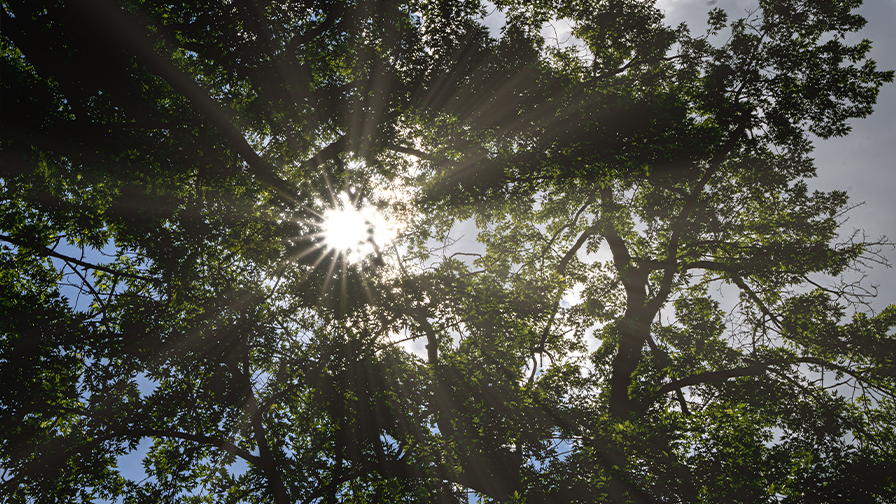 Five-Minute Meeting: Working Overhang
Five-Minute Meeting: Working Overhang
When conducting pruning operations, even for small branches, the best practice is to remove branches in a “total branch control” manner using ropes or by reducing the size of the branch you are cutting into a much smaller piece.
In a weekly kick-off safety meeting, a utility noted a situation that recently occurred where a three-man crew was working overhang. The trimmer was using a hand saw so he could cut with one hand using the saw and control the limb with the other. This part of the operation went well and was performed safely; however, when the trimmer dropped the limb, it struck a stub that had been left on the tree. The trimmer reported that they had left the stub, and others like it, behind with the intent to clean them up later.
Section 5.3.6 of the American National Standards Institute (ANSI) A300 Pruning Standard states that “Tree branches shall be removed in such a manner so as not to cause damage to other parts of the tree or to other plants or property. Branches too large to support with one hand shall be precut to avoid splitting of the wood or tearing of the bark. Where necessary, ropes or other equipment shall be used to lower large branches or portions of branches to the ground.”
This situation could have been avoided if previous pruning cuts had been completed before proceeding to the next branch, and if the branch’s descent could have been controlled using ropes in a “total branch control” configuration.
Related Articles
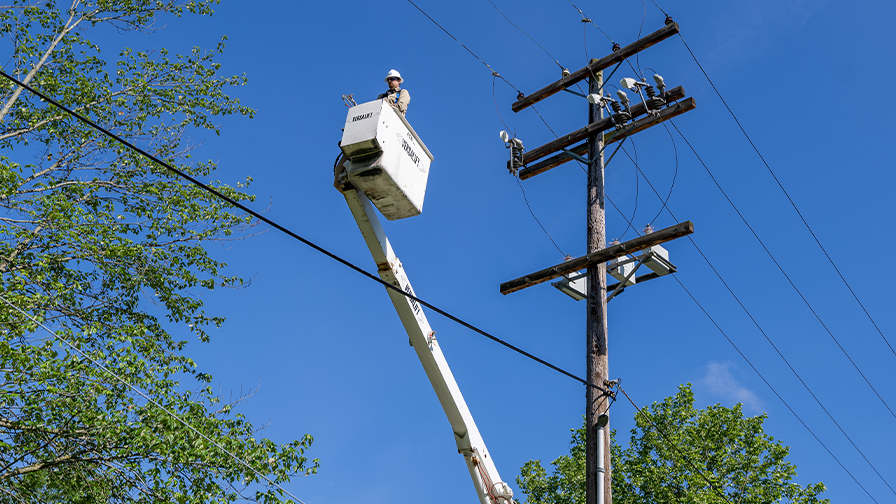
Five-Minute Meeting: Working Around Secondary Wires and Low Voltage Lines Though the American National Standards Institute (ANSI) Z133 allows us to “avoid contact” with secondary lines or those under 750 volts, we need to exercise caution around these lines because they carry lethal voltage. Secondaries have lower voltage than primaries. We can distinguish them by[...]
Read More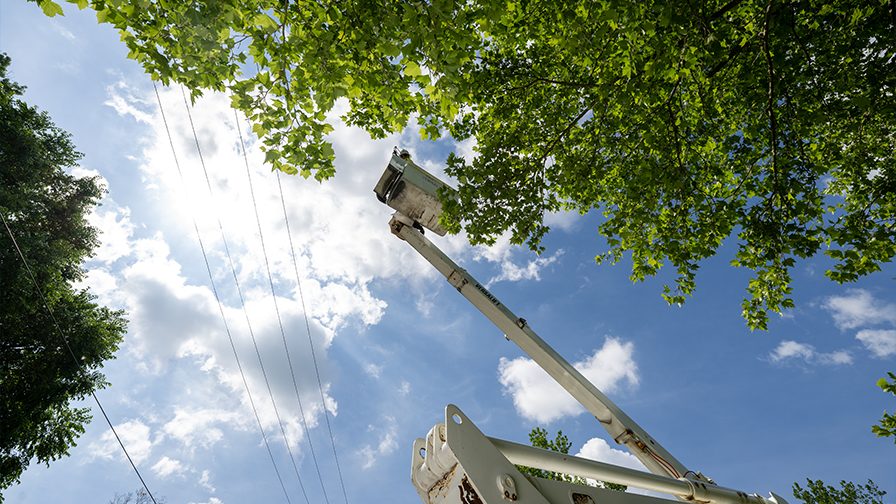
Aerial lifts cannot touch energized lines and arborists must be aware of minimum approach distance (MAD). Learn more.
Read More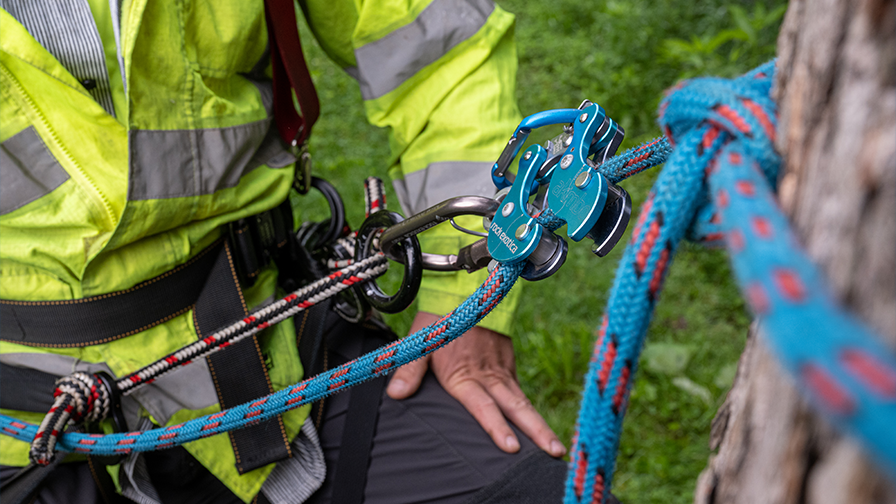
Wear, tear, and other damage to equipment can present safety hazards in the field. Equipment maintenance can prevent these safety hazards from arising and is essential for continued safe work with that equipment.
Read More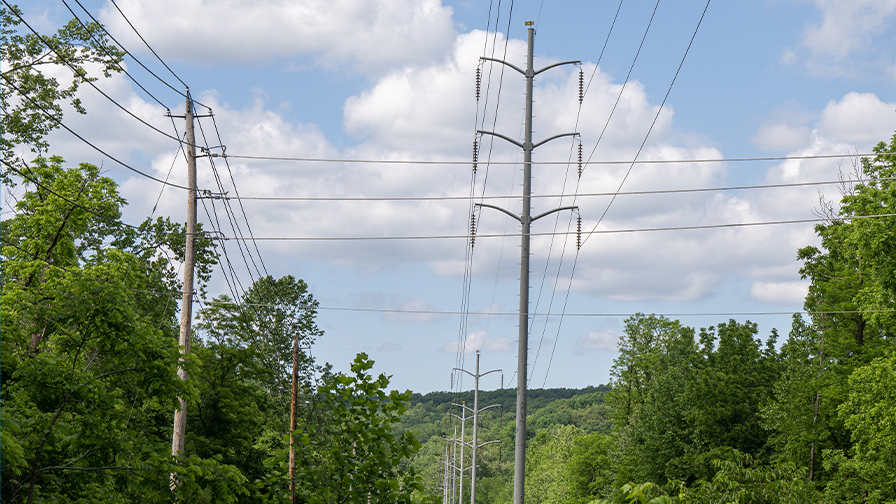
Secondary services can be neglected in UVM conversations, but it is important to know what they are, their dangers, and how to prevent injury and death.
Read MoreSUBSCRIBE
Subscribe to our mailing list to receive updates.
Categories
Recent Posts
- How-To: Learning Knot Basics 02th Aug 2018
- How-To: Tying a Stopper knot 07th Aug 2018
- How-To: Selecting the Right Safety Vest 21th Aug 2018
- How-To: Tying a Slip Knot 04th Sep 2018
- How-To: Inspecting Your Snaps 18th Sep 2018
Training the Next Generation
All our classes are built on industry safety practices. Ready to start learning?